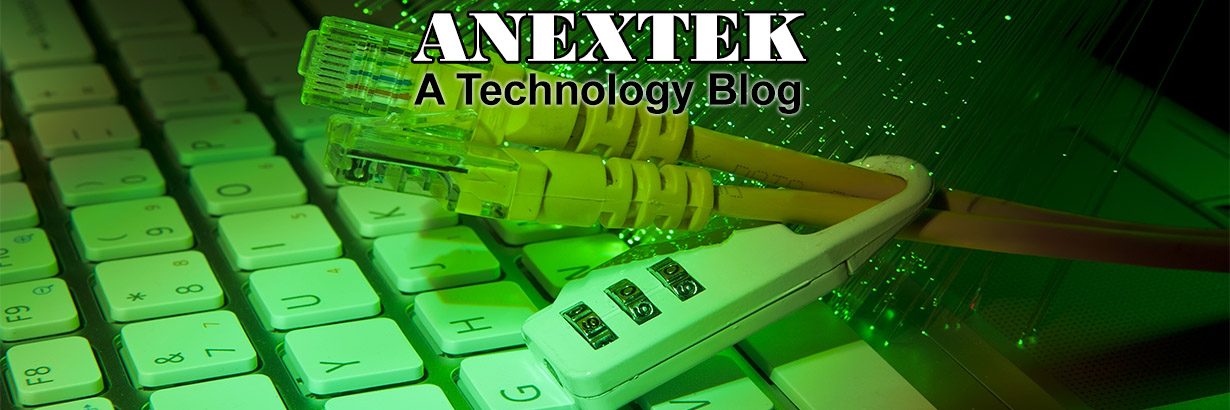A new ground power unit is an important investment to make, but one that could come with a few ramifications if the unit is skittish, or of a lesser quality. It’s not worth skimping on price when quality parts will usually cost less down the road. Products that last longer, or are easy to maintain, tend to run into fewer problems that require full replacement. And when you’re providing power to a million dollar vehicle, which carries people who could potentially sue you if something goes wrong, you’ll want to do a little research before making an investment. Here’s what you’ll want to review before buying a unit.
Reliability
Gas prices are declining, a sign that people will start traveling a lot over the next few months. According to the U.S. Energy Information Administration, the price for fuel continues to see a steady decline, and with lower costs, airports can see a slight uptick in traffic. With more traffic comes more usage from a portable power unit, and when you need power the most, reliability determines when and if you receive the necessary energy to power the plane. Used devices, aged electrical units and even devices that break thanks to poor weather can put a dent into your bottom line. You’re best option: buy a new unit from a trusted manufacturer. Not used. Not outdated. New. By spending the extra cash, you’ll worry less about reliability issues, and more on other air-traffic-related problems.
Volume of Air Traffic
Say you spent 10k on a video-editing computer, decked out with a top-of-the-line graphics cards, a state-of-the-art monitor, and enough RAM to power 10 computers—only to use your device for word processing. Not only is this unnecessary, it’s expensive. Your usage should determine the type of turbine starting device you should run out and buy. If you’re powering a 10-passenger plane, chances are, you don’t need to spend the few extra grand that will power mostly 747s. Pay attention to your needs to inform what you actually purchase. Don’t overspend on unnecessary power.
Mobility
Wires, electrical components, software and CPU devices all encased inside of a protective cover add weight to a GPU—a lot of weight. Whether you purchase a mounted device for a tractor or a free-standing unit, you’ll want to consider the device’s mobility. Too heavy can prove cumbersome for staff to move, while poorly-designed wheels can require a necessary fix to keep the device away from harmful weather conditions. Wheels that can roll across thick asphalt, through slick rain and even past a little snow will prove the most valuable to your investment.
